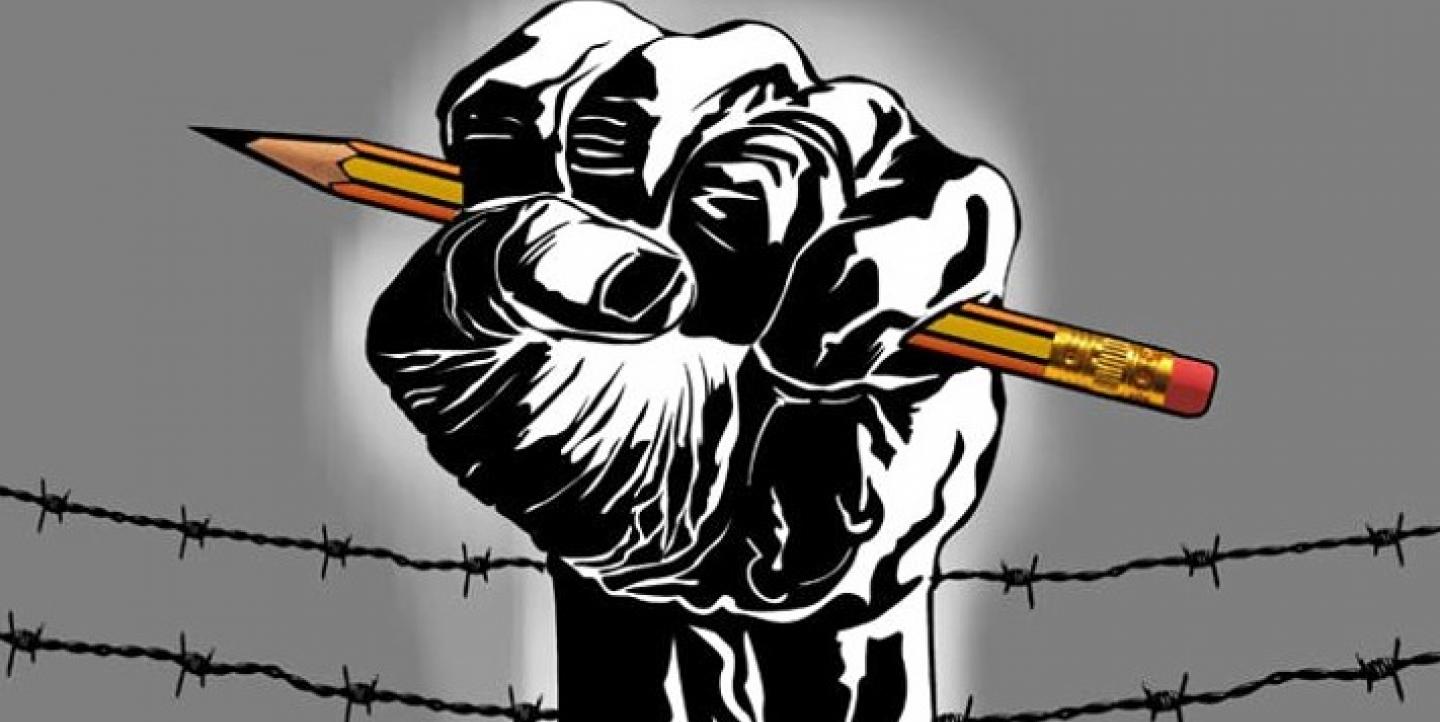Updated on July 21, 2015 at 1:59 a.m.
Investigative journalists are constantly under threat of prosecution. Their work exposes social injustices and human rights violations, sometimes leading to lawsuits from governments or large corporations.
The African Network of Centers for Investigative Reporting (ANCIR), led by senior researcher Khadija Sharife, has pioneered a method of bulletproofing the group's work against litigation and legal threat. To produce investigative stories, ANCIR draws on an impressive network of support including on-the-ground journalists, data analysts, academic scholars and legal experts.
ANCIR Investigative Lab (iLab) is home to in-house experts that have extensive investigative field experience in digital security, metadata mining and litigation and prosecution. The iLab team exposes intricate networks of ponzi schemes, suspicious pricing schemes and hidden assets.
The team's unique methodology of journalism ensures that data supports the story and that its work is “cross-examined” by a prosecutorial editor. Its focus on the convergence of journalism, data and law has established ANCIR as a new and critical investigative journalism center.
ANCIR has successfully published or collaborated on a number of major investigations that have exposed corporate wrongdoing.
In May, Sharife published Rough and Polished: South Africa Shortchanged on Diamond Trade in 100Reporters, exposing how the global diamond mining company De Beers appears to have dodged taxes of up to US$2.8 billion by under-reporting the value of diamonds exported from South Africa. As part of her investigation, Sharife turned to the Leverhulme Center for the Study of Value at the University of Manchester for them to supplement peer-reviewed academic research, which fact-checked (and substantiated) Sharife's journalism. For her work, Sharife was recently named South Africa’s online financial journalist of the year by Sanlam, a prominent South African financial services group.
Most recently, ANCIR partnered with the International Consortium for Investigative Journalists (ICIJ) to publish “Fatal Extraction,” exposing the human cost of Australia’s mining empire throughout Africa. The piece utilized ANCIR’s iLab team to fact check and analyze thousands of documents to extract evidence on deaths and injustices on Australian-owned mines in Africa.
“Catch and Release,” an investigative essay published in the World Policy Journal, documented a difficult exposé on a meager US$500 budget using a wide range of tools. “This was done in response to some newsrooms telling us that a US$500 grant could not be useful,” said Sharife, adding that the grant, funded by Open Society Initiative West Africa (OSIWA), applied to research costs, not salaries. The multi-country investigation unveiled hidden financial flows siphoning investor funds, including pensions, from countries such as the U.K., through tax havens like Cyprus, by marketing exotic investments in Sierra Leone and other African countries.
We asked Sharife to provide insight into ANCIR’s methodology. Here are her responses.
How does iLab operate?
Our aim is not to produce in-house investigative content per se. We are more like a garage that aims to service - through training, collaboration and tools - the vehicle that comes to us. We have very limited budget and staff. Unfortunately, this means that we have to be selective. The purpose behind our in-house investigations is to provide samples of what can be done and how. We are also new so it will take time for us to make our bones. We want to be tried and tested, to learn, and where we fail, to fail fast and cheaply; to own up to failure so that we can change the design. We have, and likely will, fail many more times to come.
Can you explain what you mean by “prosecutorial editor”?
Heinrich Böhmke, a South African litigator, has taken the court structure, adapted it to the world of investigative journalism and developed it in ingenious, relevant and practical ways. He “prosecutes” the work of our partners, members and other where they approach us, to make sure that the pieces are without the kind of vulnerability or gaps that could undermine or expose otherwise good pieces. Journalists don’t always take the advice. It can be hard to swallow. This is really the best part of the iLab and the most in-demand service.
What resources would you recommend to an investigative journalist interested in the ANCIR model?
I would recommend the iLab. It is a virtual investigative hub that transcends silos, unique and effective. I know little and spend a great deal of time asking questions. The iLab is a safe and confidential place in which to ask the questions that matter. We are fortunate to have some of the best minds on call and we are always looking for others. Tools like sourceAfrica, which we used in “Catch and Release” for our partial evidence archive, are extremely helpful - even for me, the pen-and-paper type.
The best resources, though, would be your mind, your integrity, your humility ... These are innate and hardest to keep - with ourselves and our stories. Without them, the other stuff is just window dressing.
IJNet also recommends the Verification Handbook for Investigative Reporting, edited by Craig Silverman and produced by the European Journalism Centre. Chapter 4: “Corporate Veils, Unveiled: Using databases, domain records and other publically available material to investigative companies,” was written by Sharife.
Main image from ANCIR's Facebook page.

